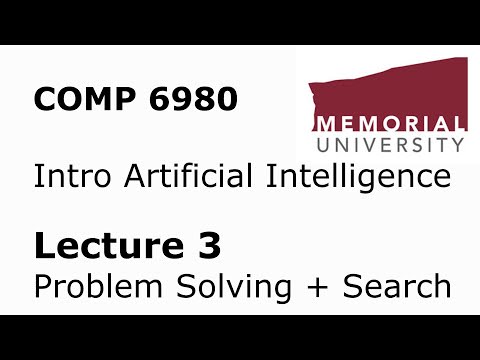Description:
Save Big on Coursera Plus. 7,000+ courses at $160 off. Limited Time Only!
Grab it
Explore problem-solving and search techniques in artificial intelligence through this comprehensive lecture. Dive into problem-solving agents, goal formulation, and problem definition before examining various search strategies including breadth-first, uniform cost, depth-first, depth-limited, and iterative deepening depth-first search. Learn about search trees, the fringe (open list), and how to avoid repeated states using a closed list. Gain insights into performance considerations and understand the differences between tree search and graph search algorithms. Conclude with practical applications through assignment algorithm pseudocode.

Problem Solving and Search in Artificial Intelligence - Lecture 3
Add to list
#Computer Science
#Artificial Intelligence
#Algorithms
#Breadth-First Search
#Depth-First Search
#Search Algorithms